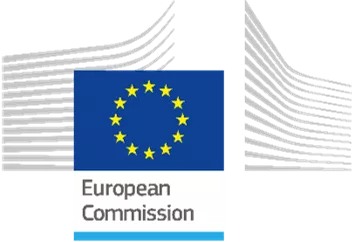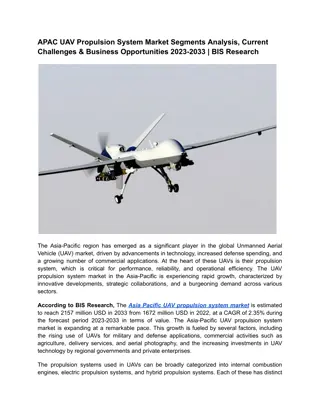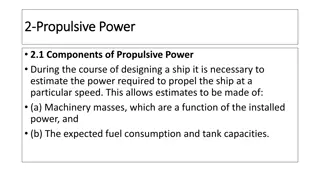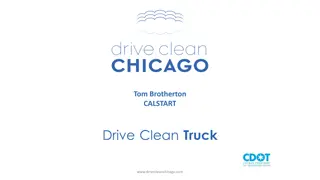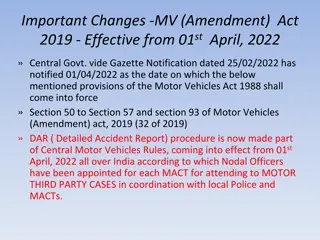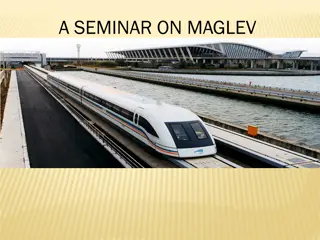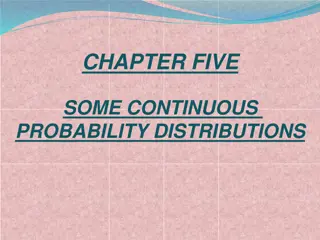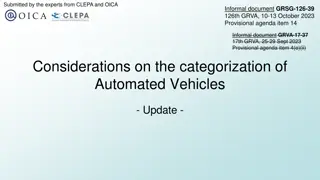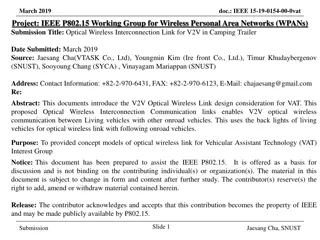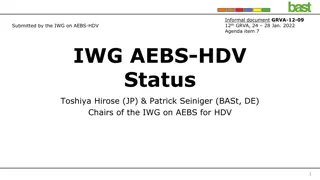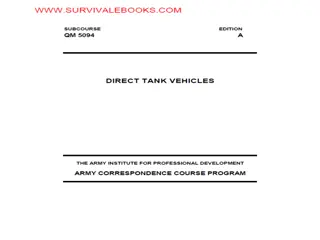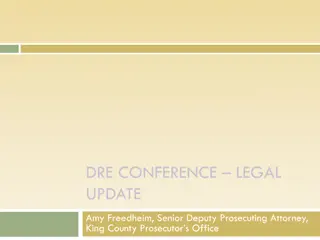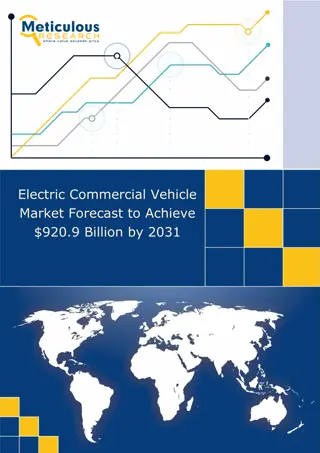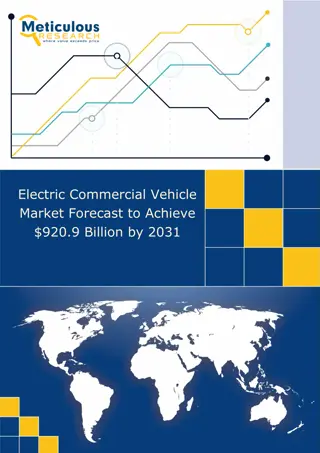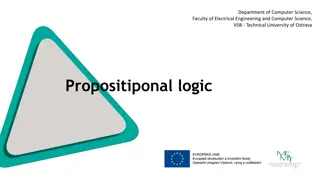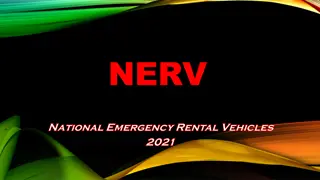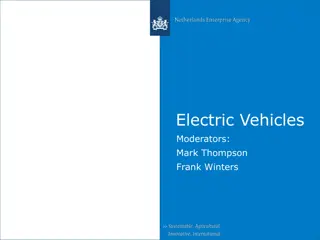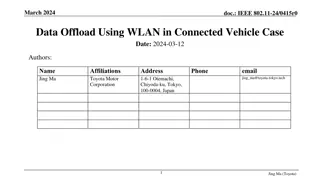Understanding Normal Conditions of Use for New Propulsion Technologies in Vehicles
Explore the concept of normal conditions of use for vehicles with new propulsion/charging technologies. Learn how to assess and define normal conditions, operating modes, worst case scenarios, and overview of current technologies. Discover the approach to measure normal conditions and testing requirements.
Download Presentation

Please find below an Image/Link to download the presentation.
The content on the website is provided AS IS for your information and personal use only. It may not be sold, licensed, or shared on other websites without obtaining consent from the author. Download presentation by click this link. If you encounter any issues during the download, it is possible that the publisher has removed the file from their server.
E N D
Presentation Transcript
UN R10 IWG Workshop Normal conditions of use EC Joint Research Centre A. Kriston , M. Zanni, G. Trentadue
07 series of amendments Agenda point 2
Objective To clarify how to fulfil the regulation for the new propulsion/charging technologies 6.1.1. A vehicle and its electrical/electronic system(s) or ESA(s) shall be so designed, constructed and fitted as to enable the vehicle, in normal conditions of use, to comply with the requirements of this Regulation. What does normal conditions of use mean? How to assess it during type approval and market surveillance?
Approach to define/measure normal conditions of use Normal conditions of use: any driving profile a vehicle can realize Operating modes: which the vehicle uses to fulfil the driving/charging demand with any engines/equipment selectable by the driver or the controller Constant speed Acceleration Charge consuming Deceleration Recuperation Charging by power grid On-board charging Charging during driving Charging from power grid and other sources. Auxiliary equipment, etc. Worst intended use case: all subsystems are operational
Overview of current technologies and modes Driving ANNEX 4 (Recuperation) Manufacturers are requested to describe the high-level operating modes of the propulsion, charging and auxiliary system(s). Perform a risk analysis Define testing conditions for the test plan Single engine Engine 1 Driving Engine 2 charging mode Other than Driver selected mode Multiple electric engines Recuperation Driver selected mode Multiple engines Driving Serial hybrid Charging and driving From power grid ANNEX 4 Charging mode Recuperation Pantograph Fuel cell vehicles Recuperation and charging Wireless Power Transfer Electric engine Driving Non-electric engine ANNEX 5 Key-on engine Parallel hybrid Driving and charging On board (charging) photovoltaic Color codes: Blue: not tested Green: tested Blue-green: partially tested off Recuperation Auxiliary wireless charging
08 series of amendments Agenda point 3
JRC Roadmap 08 series of amendments H1 - 2024 Draft protocol discussion at IWG H1 - 2023 H2 - 2023 Perform static mode experiments round-robin test JRC VELA 9 External lab Perform dynamic mode experiments round-robin test JRC VELA 9 External lab Hypothesis testing and compare the results Reproducibility Repeatability Feasibility Selecting new propulsion technologies Vehicles Define static modes Other testing services are welcome to join
GRE mandate We suggest to ask a mandate from GRE to extend this IWG covering (not only) interpretation of and the development of testing protocols for normal conditions of use and new technologies Within the IWG a drafting group to coordinate the round robin test and the draft proposal






